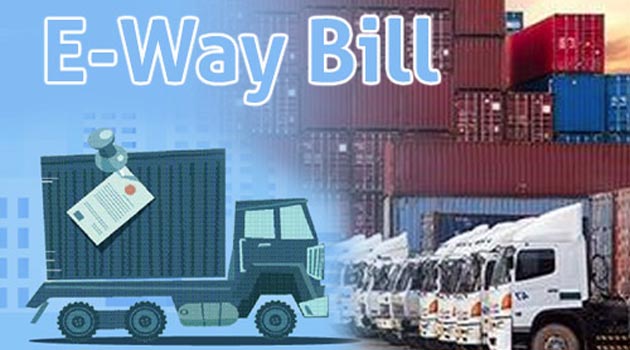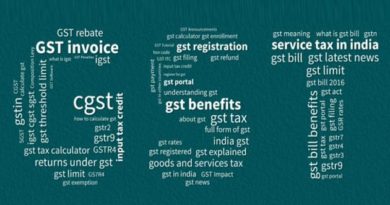Linking of unique number embedded in FASTags with the e-way bill
The government has mooted a proposal to link the unique number embedded in FASTags with the e-way bill generated by the Goods and Services Tax Network. The move will effectively prevent chances of vehicles transporting goods to places other than those declared.
FASTag employs radio frequency identification (RFID) technology to enable electronic payment at tolls on national highways.
The mechanism provides unique numbers for vehicles, ensuring that they can be tracked at over 400 toll plazas located on the national highways network.
In the e-way bill generated by GSTN, transporters have to declare the origin, destination, time at which vehicle has to depart, and the number of days it will take to reach its destination, among other particulars.
Effectively, FASTags can apprise the GSTN and other State enforcement authorities of the route that the vehicle is taking on the national highways, and whether it is as declared.
Moreover, if the vehicle is stuck mid-way for some reason, an application for extension of time can also be expected in advance. Also, if the transporter asks for an extension of dates in the e-way bill, the data can be cross-checked, explained an official.
The government has already mandated that all vehicles with four or more wheels — including trucks and buses — sold from December 1, 2017, have to be fitted with FASTags or RFID tags. After December 1, the number of FASTags has almost doubled to 14 lakh from 7.5 lakh.
These tags store data such as vehicle registration and class of vehicle, which help arrive at the exact toll to be charged. The tags have encrypted vehicle data such as engine and chassis number as well. These are also enabled to store other vehicle compliance-related data, including those related to emissions or pollution and insurance.




